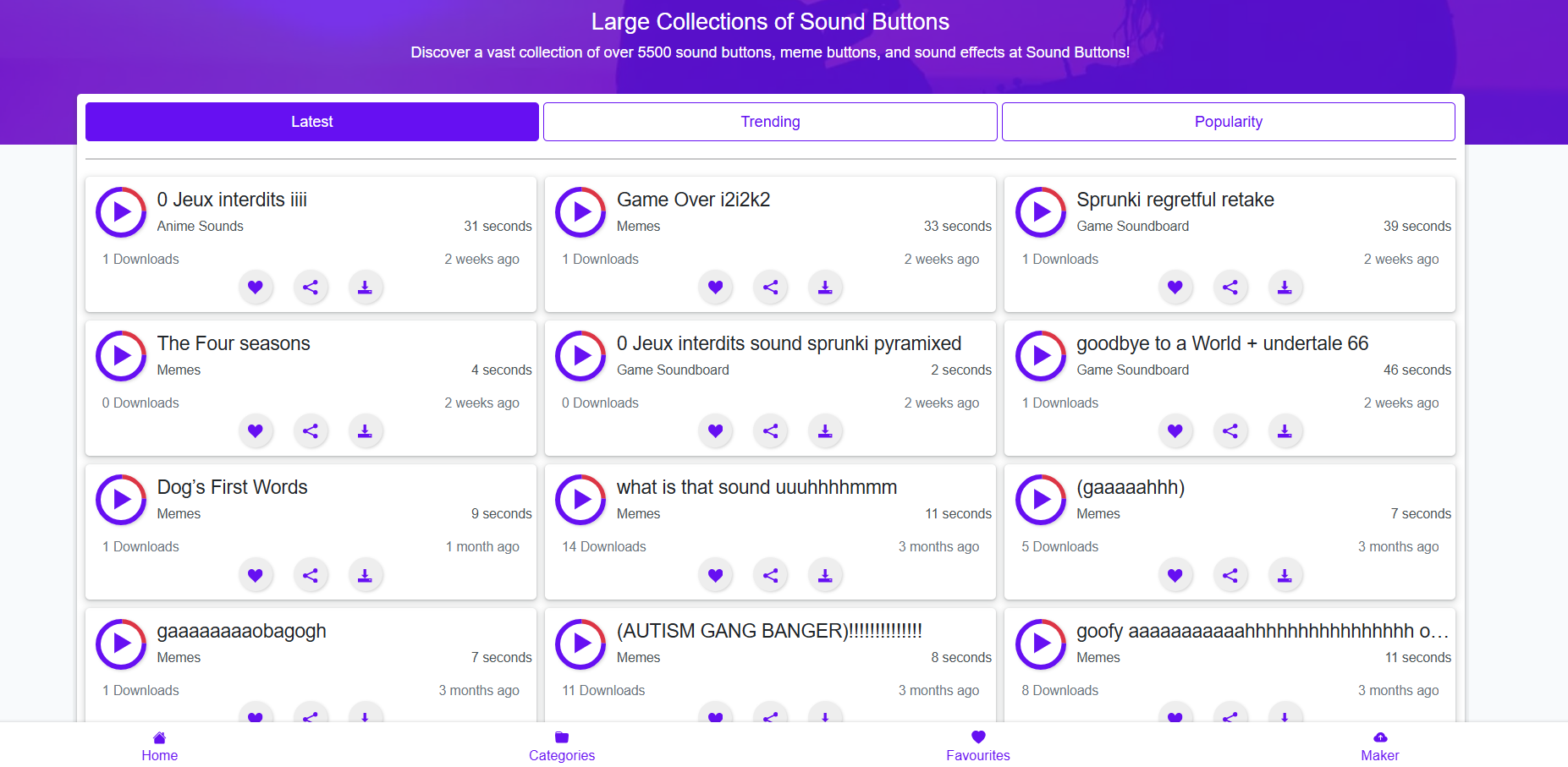Which Noise Color is Most Effective for Better Sleep?

In today’s fast-paced world, sleep can be hard to come by. Whether it’s stress, noise pollution, or insomnia, many people struggle to achieve the rest they need to stay healthy and energized. One interesting and growing trend in the search for better sleep involves using different types of sound, referred to as “noise colors.” This may sound odd at first, but just like colors in a rainbow, each noise color has its own distinct characteristics that can have a unique impact on your sleep.
So, which noise color is most effective for better sleep? Let’s explore the concept of noise colors, how they work, and which might be best for you.
What is Noise Color?
Before we dive into the details of which noise color is best for sleep, it’s important to understand what noise colors are and how they differ from each other.
Noise, in this context, refers to sound waves that are made up of multiple frequencies. These frequencies can vary in intensity and distribution. Different noise colors are categorized based on how these frequencies are distributed and perceived by the human ear. The most common noise colors you may have heard of include white noise, pink noise, and brown noise, though there are many others. Each noise color has its own distinct “sound” that can either help or hinder your ability to sleep.
- White Noise: White noise is the most commonly known and used noise color. It contains all the frequencies audible to the human ear at equal intensity. Think of it as a constant “shhh” sound, like the hum of an air conditioner, a fan, or a static TV. It’s known for masking other sounds that might be disturbing, making it easier for people to fall asleep in noisy environments.
- Pink Noise: Pink noise is similar to white noise but with a twist. The intensity of each frequency decreases as the frequency increases. This means that lower frequencies (such as those found in bass sounds) are more pronounced, creating a sound that is deeper and softer than white noise. Pink noise is often described as sounding like steady rainfall, wind, or the gentle rush of a waterfall.
- Brown Noise: Brown noise, also known as red noise, has even more emphasis on lower frequencies. It’s named after the physicist Robert Brown, who studied random motion in particles (a phenomenon known as Brownian motion). Brown noise sounds like a distant thunderstorm or a low rumble, with much deeper and more intense bass than both white and pink noise.
- Other Noise Colors: In addition to the three main noise colors—white, pink, and brown—there are several other types of noise, including violet, blue, and grey. Each of these colors has its own unique frequency distribution and sound characteristics. However, white, pink, and brown are by far the most popular and most studied when it comes to sleep benefits.
How Do Noise Colors Affect Sleep?
Different noise colors can affect our sleep in various ways, primarily by helping to mask disruptive noises and creating a more consistent sound environment. Let’s take a look at how each of the most common noise colors influences sleep:
White Noise and Sleep
White noise has been the most commonly recommended noise for better sleep for a long time. This is mainly due to its ability to mask other sounds effectively. If you live in a noisy environment—whether it’s due to traffic, street noise, or even a snoring partner—white noise can help create a constant, unchanging sound environment that makes external sounds less noticeable.
Research shows that white noise can help improve sleep by promoting a more stable sleep cycle. It does this by providing a “sound blanket” over environmental noises that could otherwise wake you up. Studies have shown that white noise is especially helpful in situations like hospital rooms or shared living spaces, where background noise is likely to disrupt sleep.
However, white noise isn’t for everyone. Some people find the high-frequency sound of white noise irritating or grating, especially if they have sensitive hearing. Others might find that white noise makes them more alert rather than relaxed.
Pink Noise and Sleep
Pink noise has gained popularity in recent years, especially as a sleep aid. It’s often described as more natural and soothing than white noise due to its emphasis on lower frequencies. It’s frequently compared to sounds found in nature, such as the sound of rain or ocean waves. This makes it especially appealing to those who prefer more organic, earthy sounds.
Several studies suggest that pink noise can improve sleep quality. In particular, pink noise has been linked to deeper sleep stages, including REM (Rapid Eye Movement) sleep, which is essential for memory consolidation and overall brain health. For example, one study found that people who listened to pink noise during sleep experienced enhanced deep sleep cycles, compared to those who slept in a quiet environment or listened to white noise.
The gentler, more balanced nature of pink noise makes it a great choice for people who want a sound that’s less intrusive but still effective at masking external disturbances.
Brown Noise and Sleep
Brown noise, with its deep and powerful low frequencies, is another great option for promoting relaxation and improving sleep. For individuals who enjoy bass-heavy sounds or find the high-pitched hum of white noise unpleasant, brown noise may be the perfect solution.
Brown noise is known to be calming for many people, particularly those who find lower-frequency sounds, like distant thunder or the deep rumble of an engine, soothing. This makes brown noise particularly popular among people who suffer from anxiety or stress, as the deeper tones can promote a sense of calmness and grounding.
Like pink noise, brown noise is also effective at masking other sounds, especially low-frequency disturbances such as traffic or the sound of snoring. It creates a more relaxing atmosphere that helps individuals fall asleep and stay asleep for longer periods.
Other Noise Colors for Sleep
While white, pink, and brown noise are the most commonly used for sleep, other noise colors, like violet and blue noise, have been studied less extensively. These colors tend to have a higher concentration of higher frequencies, which may be irritating to some people. As a result, they are less likely to be effective in creating a soothing sleep environment compared to the lower-frequency noise colors.
In general, noise colors that emphasize lower frequencies—like pink and brown noise—are often the best choice for improving sleep, as they are more likely to induce relaxation and mask unwanted disturbances.
Which Noise Color is Best for Sleep?
Now that we understand how each noise color works, you might be wondering: which one is most effective for better sleep? The answer depends on several factors, including personal preference, the environment you sleep in, and the types of noises you’re trying to mask.
- If you have trouble falling asleep due to external noise, such as traffic, street noise, or a partner’s snoring, white noise may be the most effective option. Its constant, even sound can block out these disruptive noises and create a more peaceful sleep environment.
- If you prefer a more natural sound, such as the sound of rain or wind, pink noise might be the best choice. It’s gentler on the ears than white noise and has been linked to deeper sleep cycles and better sleep quality.
- If you prefer deep, rumbling sounds, brown noise could be your ideal sleep companion. It’s soothing for many people, especially those who find the lower frequencies of thunder or distant earthquakes calming.
Ultimately, the best noise color for sleep is the one that works best for you. It may take some experimentation to determine which sound helps you relax and achieve a restful night’s sleep.
Frequently Asked Question
What is the difference between white noise, pink noise, and brown noise?
White noise contains all frequencies at equal intensity, resulting in a high-pitched sound, while pink noise decreases in intensity as the frequency increases, resulting in a softer, more balanced sound. Brown noise emphasizes the lower frequencies, creating a deeper, more rumbling sound.
Can noise colors improve sleep quality?
Yes, noise colors can help mask external disturbances, promote relaxation, and even enhance certain sleep stages. Pink and brown noise, in particular, have been shown to improve deep sleep and REM sleep.
Which noise color is best for deep sleep?
Pink noise is often considered the best for promoting deep sleep due to its balanced, soothing nature. It’s been shown to enhance the amount of time spent in deeper sleep stages.
Is white noise good for sleep?
White noise can be effective for masking disruptive sounds in the environment, such as traffic or a snoring partner. However, some people find the high-frequency sound irritating, so it may not be ideal for everyone.
Can brown noise help with anxiety?
Yes, many people find brown noise calming due to its emphasis on lower frequencies. The deep rumbling sound can help reduce stress and anxiety, making it easier to relax before bed.
Are there any side effects to using noise colors for sleep?
For most people, there are no negative side effects to using noise colors for sleep. However, some individuals might find the constant sound distracting or uncomfortable, which could make sleep harder to achieve.
Can I use a white noise machine or app for sleep?
Yes, there are many white noise machines and apps available that can help you create the ideal sound environment for sleep. These devices typically offer different noise color options, including white, pink, and brown noise.
Conclusion
Choosing the right noise color for better sleep ultimately depends on your preferences and sleep environment. White noise is an excellent choice for masking disruptive sounds, while pink and brown noise may offer deeper relaxation and more restful sleep. Experiment with different types of noise and find the one that works best for you. With the right noise color, you may be able to create the ideal environment for a more peaceful and restorative night’s sleep.




